CUQUIN 20x6
From pirate islands and west rodeos to super-train rides.
An animated series that will make families delve into the fun stories of three incredible friends: Cuquín, Clementina, and Cyan. This incredible trio is bound to have awesome times playing their made-up games thanks to their limitless imagination and will go on a number of fantastic adventures in which they'll overcome big challenges through teamwork.
Directed by Rodrigo Pineda at Ánima Kitchent
Produced by Ánima Studios and Cartoon Network
Responsible for Set Dressing, Rough Layout and/or Camera refine during the entire 20 episodes production.
Pilot
Watch the whole series on
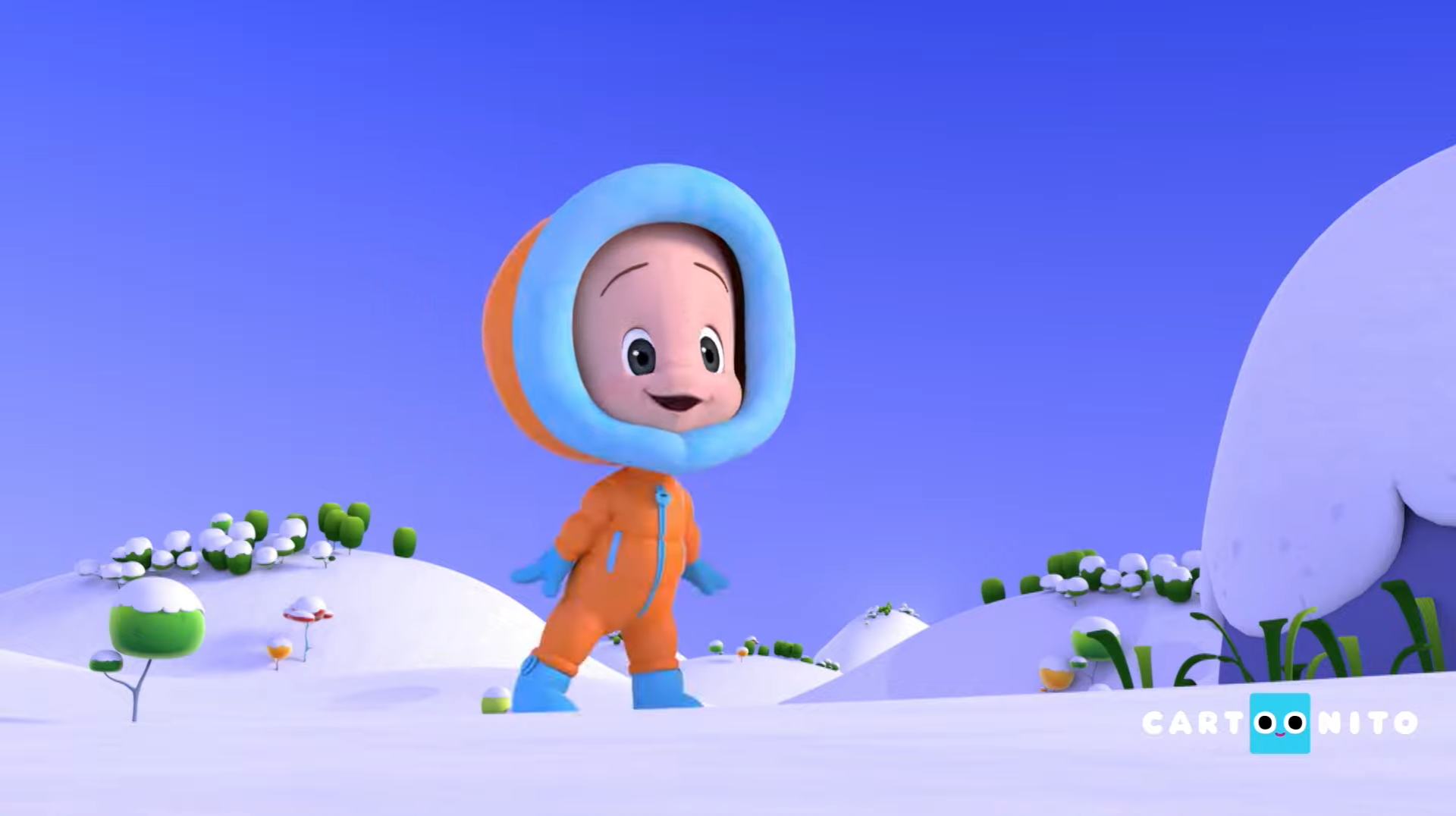








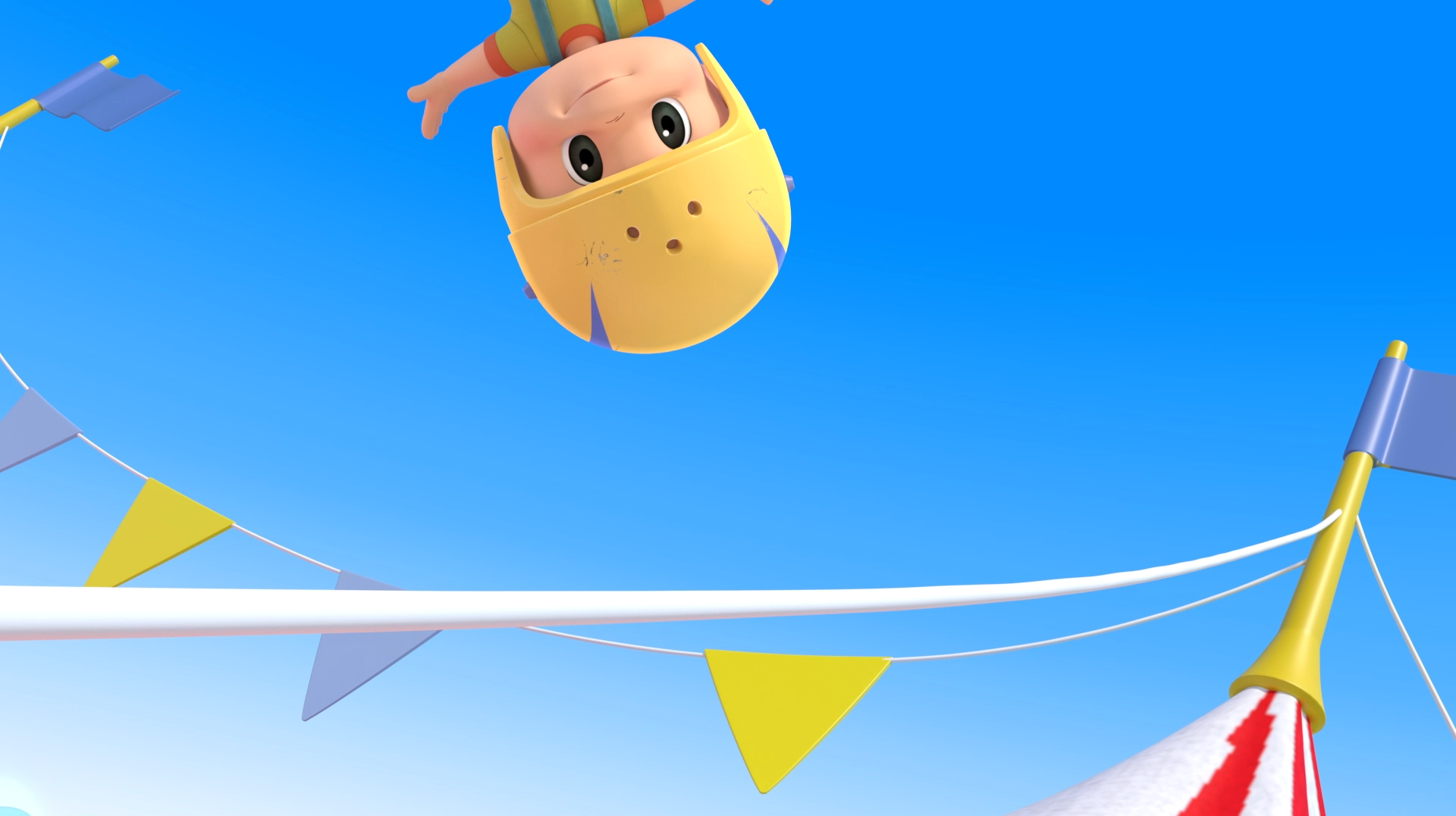


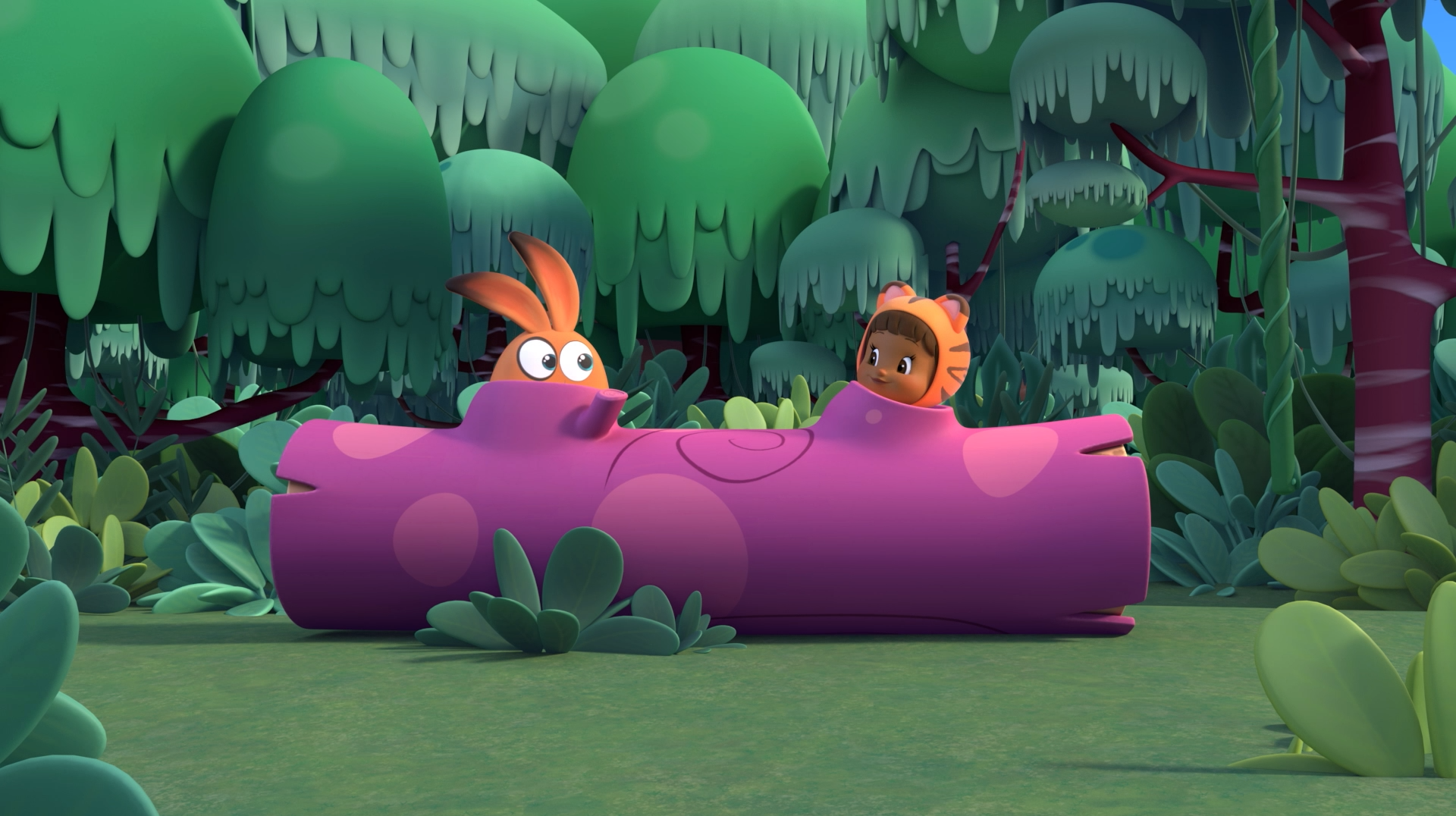

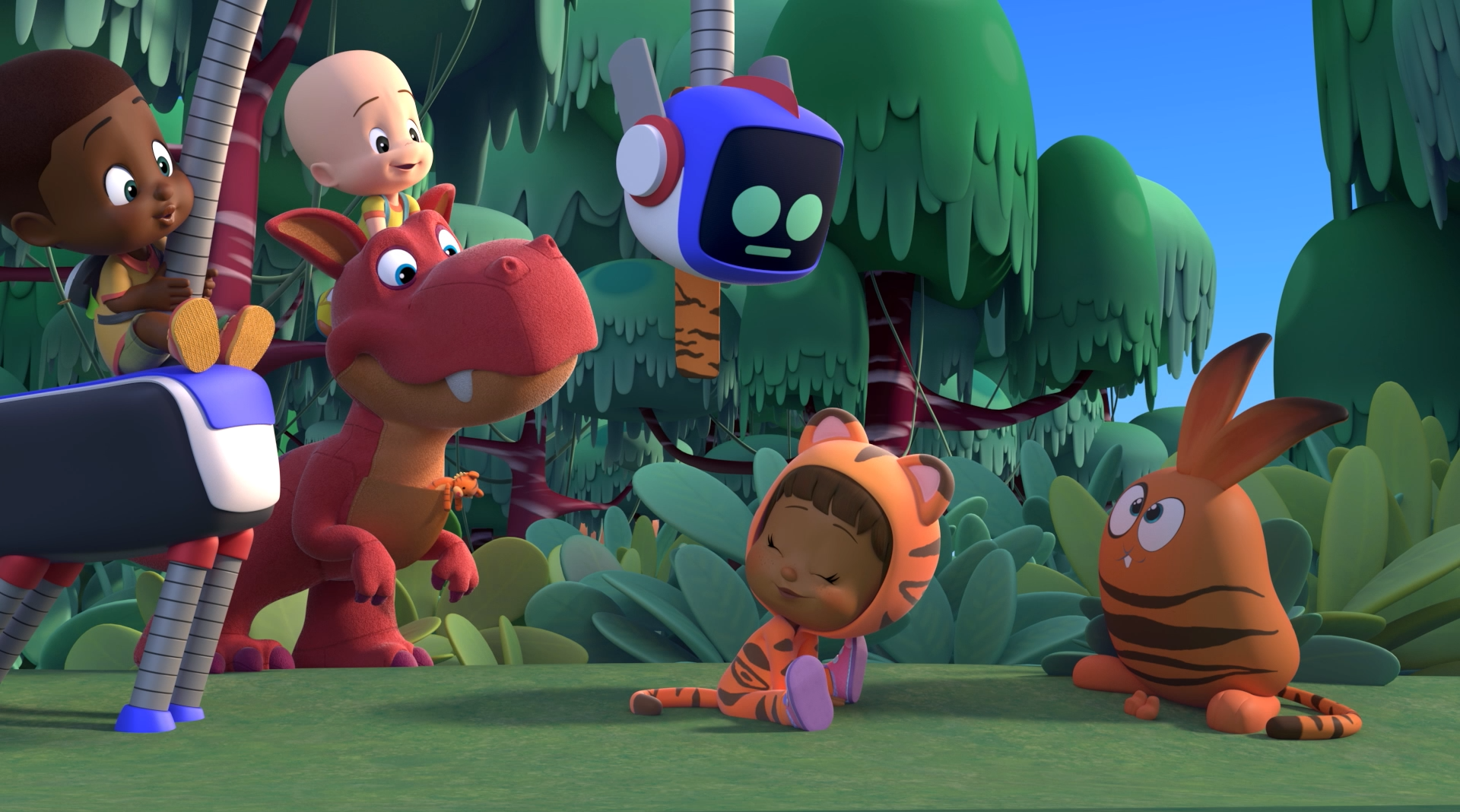

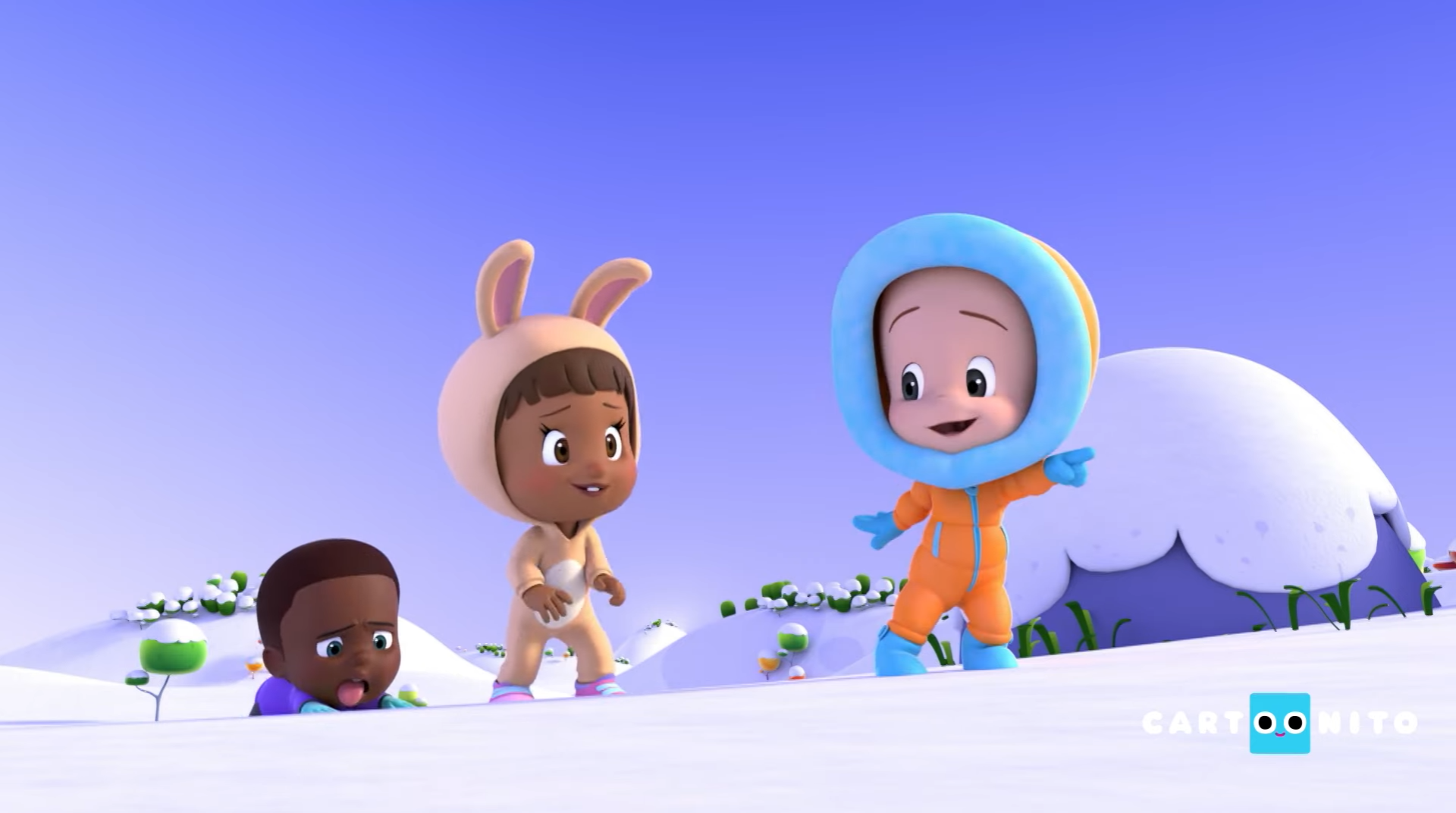
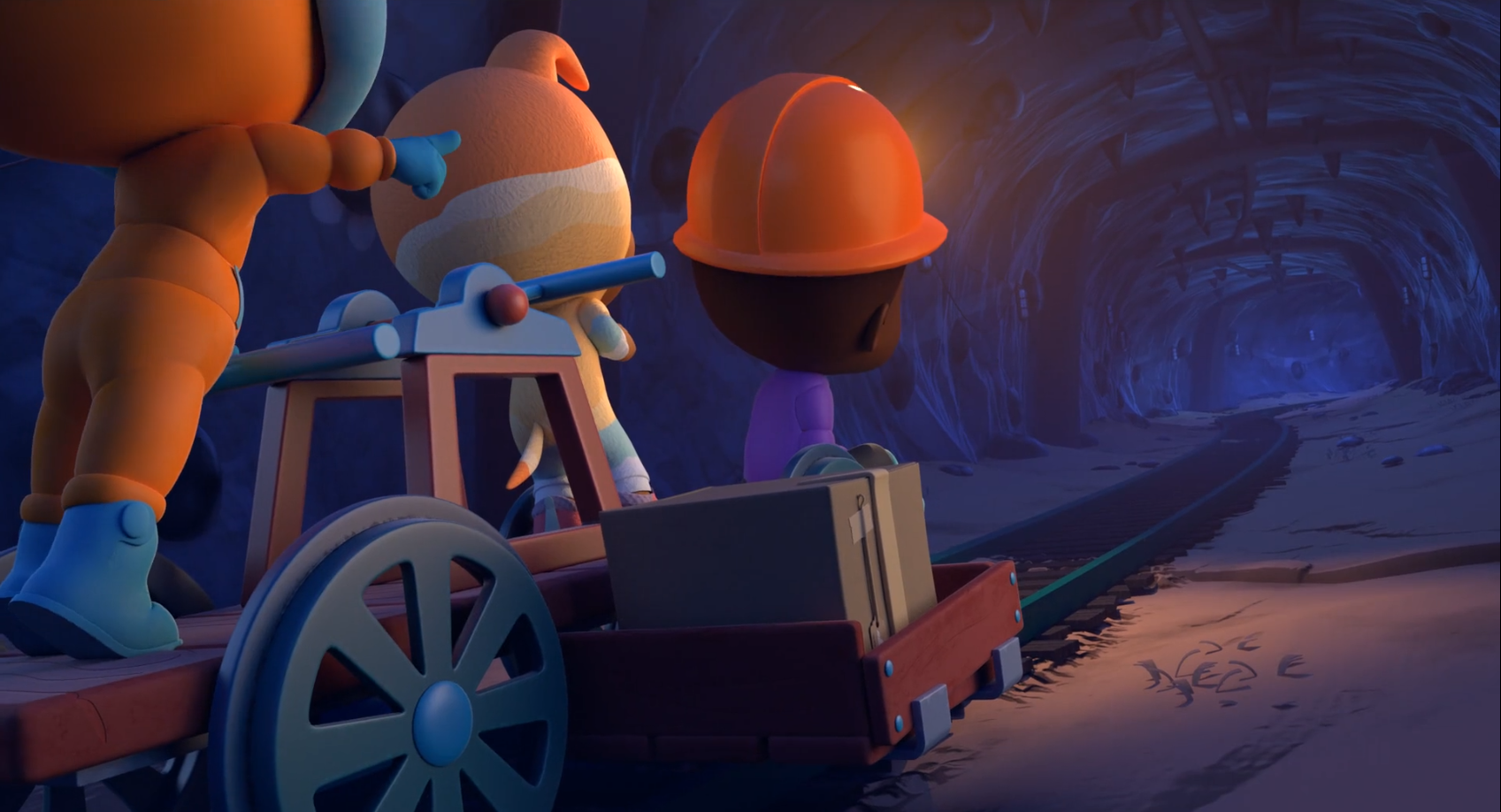


Personal insights on this project.
Cuquin was a promising project and also one of my first encounters with a full-fledged Layout team. Up until then, I had been the only artist collaborating in person at the studio. So, on the one hand, it was a relief from responsibilities and the feeling of belonging to a group. On the other hand, I had to relearn how to relate to and communicate with a team to get the work done because doing things my way was no longer effective. Somehow, I learned to convey how I had been doing things in the studio, to give the supervisor a role that didn't exist before, and, above all, to draw inspiration from others.
From Cuquin's Layout team, we learned to work and iterate very quickly, navigating an environment where the creative direction of the project was often unclear. However, the workflows were committed. Many times, we started chapters without having final animatics or incomplete and non-existent modeling and locations to avoid delays (which were inevitable and still affected production cough-cough). In Cuquin, we saw everyone working with a lot of effort in high difficulties. Even if they didn't believe in it, there were great efforts to get the job done, especially in Layout, which received such a large amount of unfinished work that was necessary to complete everyone else’s tasks properly. At times, we even assisted other departments in a effort to improve the situation.
In Cuquin, I learned to make creative and technical decisions on my own when the workload overwhelmed everyone and tried to help without being a nuisance by working independently. However, I also learned to read the context and know when to let some things go. Althought we were all having some high failed expectations with the quality of a preschool project, sometimes I still think about how we managed to get this series done and I’m amazed.
In summary, Cuquin taught me to appreciate my colleagues and to paddle through challenges to ensure a production's success. However, it also made me more discerning about the creative projects I pursue and led me to reconsider where I want to invest my time creatively.
Thank you for that precious time if you’re still reading this.
Transitions and dissolves on animated films.
From a cinematographic perspective, this project presented a challenge for the Layout team, given that the episodes were filled with crazy camera movements, chases, transitions, and match fades involving objects. It was both enjoyable and unusual for a project targeting this audience, with a high level of demand in that regard. Additionally, we faced some rules imposed by the creative direction, which lacked a background in cinematography. We had to adapt these rules into something comprehensible for work and make them useful, affectionately calling them "The Rodrimandments."
Among other things, each episode had at least a couple of transitions to switch to the magical world. Picture this: an object stays front and center on the screen, a subtle camera push joins the party, and then bam! A way-too-aggressive zoom-out follows. These were some fancy moves, not your typical stuff. We had to figure out how to pull them off without spending hours on end, and make them animator-friendly (though I think some folks still hold a grudge for that, hehe).
So, here's the scoop: I came up with this quirky workflow that surprisingly did the trick. Picture animating the first camera with the object constrained, containing the animation for both shots at once in the same timeline. That way, when you hit that first shot, you're setting up both at the same time! All that's left is to export that animation and time-travel it with a script. Now, things got a bit dicey when the transitioning object had posed characters or was made up of different scales or pieces (like the toy pirate ship versus the real deal). That's when we had to rig up all those constrained objects to smoothly transport them from one scene to another without losing their cool positions. Funny thing, sometimes animation would bounce those shots back to us, laughing, because poses and transitions decided to go haywire. Had to fix them up, hehe.
In the end, it led us to slap a rig of locators and constraints onto the camera to make life easier for animators and for us. Quite the journey, right? But I'm proud I came out with an offbeat solution for an equally offbeat series.
